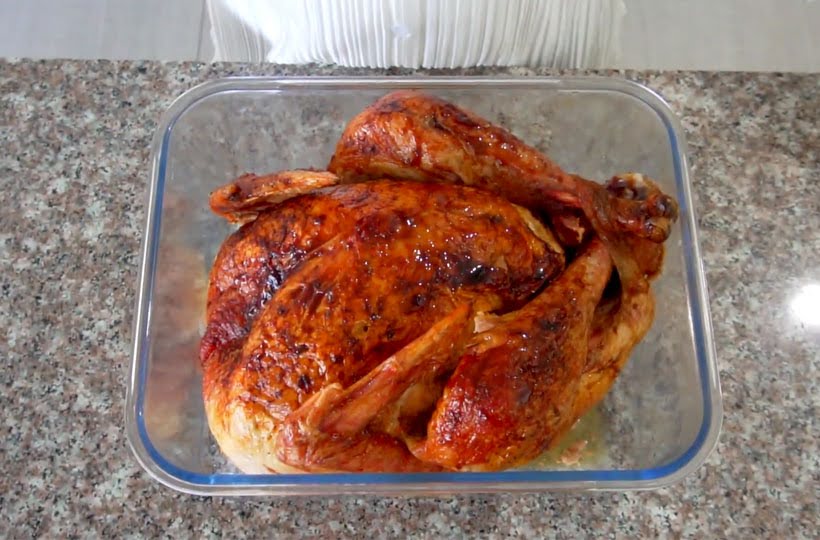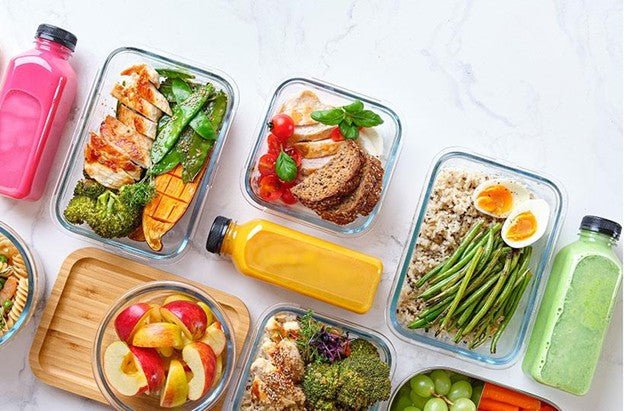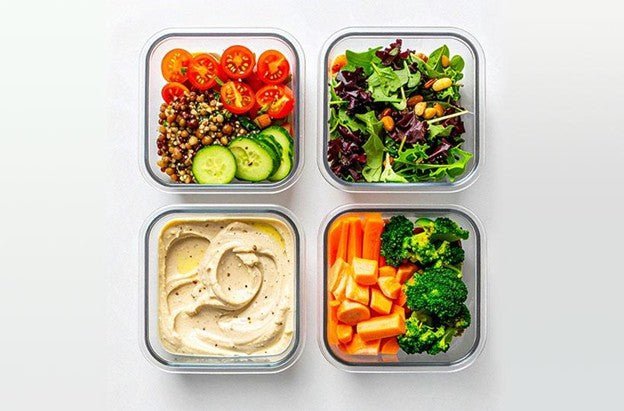Ease Your Life By Knowing The Best Types of Knife Cuts

Hey there! Ever wonder why some meals look so perfect while yours tastes good but doesn’t look so good? Well, let me tell you, it is all about their knife cuts. Mastering how you cut stuff in the kitchen can make a world of difference.
If you want to be known for making food that tastes good and looks good, you're in the right spot. This blog is about types of knife cuts.
The Basics of Knife Cuts

Let’s now dive into the world of knife cuts, shall we?
Foundation of Knife Skills
Before getting fancy, you need to understand the basics of knife cuts. Basic knife cuts are the building blocks of good cooking.
Types of Basic Cuts:
From basic to more complicated ones, let’s explore the types of knife cuts:
Chopping Knife:
Chopping is a technique for cutting food into bite-sized chunks, typically around 1/4-inch in width. For finer chopping, aim for around 1/8-inch. A chef's knife is perfect for chopping, mincing, and dicing.
-
Technique: Hold your knife tight, keep it steady, and chop away.
- Common Uses: Great for things like veggies in a stew or Caesar salad.
Dicing Knife:

Dicing involves cutting food into small, even cubes, typically 1/4-inch squares. Precise cuts are essential in many cuisines, especially for even cooking.
-
Technique: Cut the food into strips, then into small cubes.
- Common Uses: Perfect for salsas and dishes where uniformity is key.
Slicing Knife:

Slicing is about making thin, consistent cuts. It’s ideal for fruits, vegetables, cheese, and bread.
-
Technique: Use smooth, long strokes with your knife.
- Common Uses: Ideal for slicing cucumbers, tomatoes, and bread.
Mincing Knife:

Mincing involves cutting ingredients into very fine pieces. This technique is perfect for garlic, herbs, and anything you want to blend into a dish.
-
Technique: Rock your knife back and forth until everything is finely minced.
- Common Uses: Best for garlic, herbs, and finely chopped ingredients.
Wish to know more?
What’s the difference between chopping and dicing?
Chopping involves cutting into large pieces, while dicing means cutting into small, even cubes.
Which knife is best for slicing vegetables?
A sharp chef’s knife, like a Japanese chef's knife, is your best friend for slicing vegetables.
Intermediate Knife Cuts
Common knife cuts seen in professional kitchens are listed below. Every cut has particular dimensions and forms. Uniform cuts appeal to the eye and help to ensure uniform cooking.
| Knife Cut Type | Dimensions (Large) | Dimensions (Medium) | Dimensions (Small) |
| Dice | 3/4" x 3/4" x 3/4" | 1/2" x 1/2" x 1/2" | 1/4" x 1/4" x 1/4" |
| Brunoise | - | - | 1/8" x 1/8" x 1/8" |
| Batonnet | - | 1/4" x 1/4" x 2" | - |
| Julienne | - | 1/8" x 1/8" x 2" | - |
| Fine Julienne | - | - | 1/16" x 1/16" x 2" |
| Paysanne | 1/2" x 1/2" x 1/8" | - | - |
| Tourne (turned) | - | - | - |
Types of Intermediate Cuts:

Alright, you have mastered the basics, let's step it up a bit with some intermediate cuts.
Julienne Cut:

Julienne refers to making thin, matchstick-like pieces. This precise cooking technique slices food into elongated, slender strips, like matchsticks. Carrots, celery, potatoes, and cucumbers are commonly julienned for dishes such as carrots julienne, céléris remoulade, julienne fries, and naengmyeon.
-
Technique: Slice into thin strips, carefully.
- Common Uses: Perfect for stir-fries and salads.
Brunoise Cut:

The brunoise cut starts with a julienne and is then diced into small cubes, around 3 millimeters or smaller on each side. In France, a "brunoise" cut refers to a finely diced cut of vegetables, typically around 1 to 2 mm in size. Brunoise creates tiny cubes.
-
Technique: First, make the julienne cut, then turn and dice the strips.
- Common Uses: Ideal for fancy garnishes and soups.
Batonnet Cut:

Batonnet refers to thicker sticks than julienne, cut into thick, rectangular sticks usually around 1/4 inch by 1/4 inch by 2-3 inches long. These cuts provide a substantial, uniform shape, perfect for recipes needing consistent cooking times, like French fries.
-
Technique: Simply cut into thicker strips.
- Common Uses: Great for fries and crudités.
Paysanne Cut:

Paysanne cuts are thin, flat slices, often shaped irregularly, adding a rustic charm to dishes. They are perfect for adding texture and visual appeal to soups and stews.
-
Technique: Slice thinly, but don't worry about uniformity. The shape can be irregular.
- Common Uses: Excellent for soups and stews.
Wish to know more?
What dishes commonly use julienne cuts?
Julienne cuts are usually used for stir-fries as well as salads.
How can I ensure uniform brunoise cuts?
It's easy. Simply keep your knife steady, and keep practicing.
Advanced Knife Cuts
Time to get really fancy with some advanced cuts. Ready? But first, know where advanced cuts are used. Let's go!
Advanced knife cuts are used in high-end food-related settings to enhance dishes' visual appeal and uniformity. They are often employed in gourmet recipes, fine dining, and professional kitchens to achieve precise and aesthetically pleasing presentations.
Types of Advanced Cuts:
Below is the list of advanced cuts commonly used by chefs.
Chiffonade Cut:

Chiffonade involves making thin ribbons, usually from leafy greens and herbs. This cut is perfect for garnishing and adding a fresh, delicate texture to dishes.
-
Technique: Stack leaves, roll them up, and slice.
- Common Uses: Perfect for herbs and leafy greens.
Rondelle Cut:

Rondelle refers to cutting round slices from cylindrical vegetables. These even, circular cuts are ideal for creating visually appealing salads, stir-fries, and vegetable medleys.
-
Technique: Simply slice across the vegetable.
- Common Uses: Best for carrots, zucchinis, and other round veggies.
Tourne Cut:
Tourne involves creating football-shaped pieces with seven equal sides, often used to give vegetables a polished look. This advanced technique is popular in French cuisine for both aesthetics and uniform cooking.
-
Technique: Trim to get that shape. It takes some practice.
- Common Uses: Fancy sides, mainly in French cooking.
Oblique Cut:

Oblique cuts involve slicing vegetables at a sharp angle while rolling them, resulting in irregularly shaped pieces. This technique adds visual interest and varied textures to dishes.
-
Technique: Roll and slice at an angle.
- Common Uses: Good for irregular-shaped veggies.
Wish to know more?
What is chiffonade typically used for?
It is usually used to cut herbs and greens to make them look fancy.
Are tourné cuts practical for home cooking?
Not really, unless you want to impress someone and have mastered it through practice.
Wrapping up
There you have it, friends! That's a wrap on knife cuts. Remember, mastering these cuts can make your meals look and taste much better. So grab your knife, keep practicing, and don't forget to share your cool cuts with us!







Leave a comment